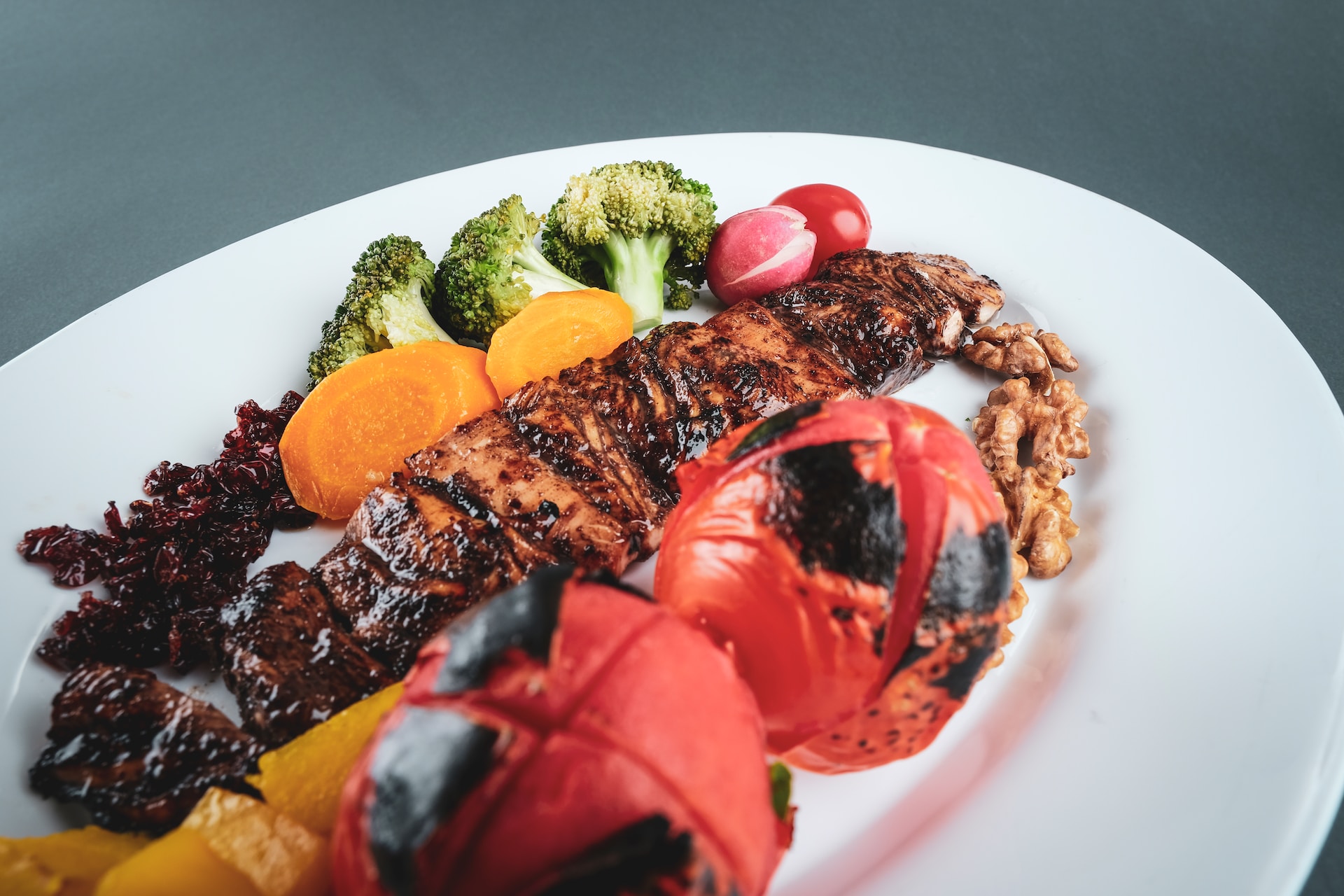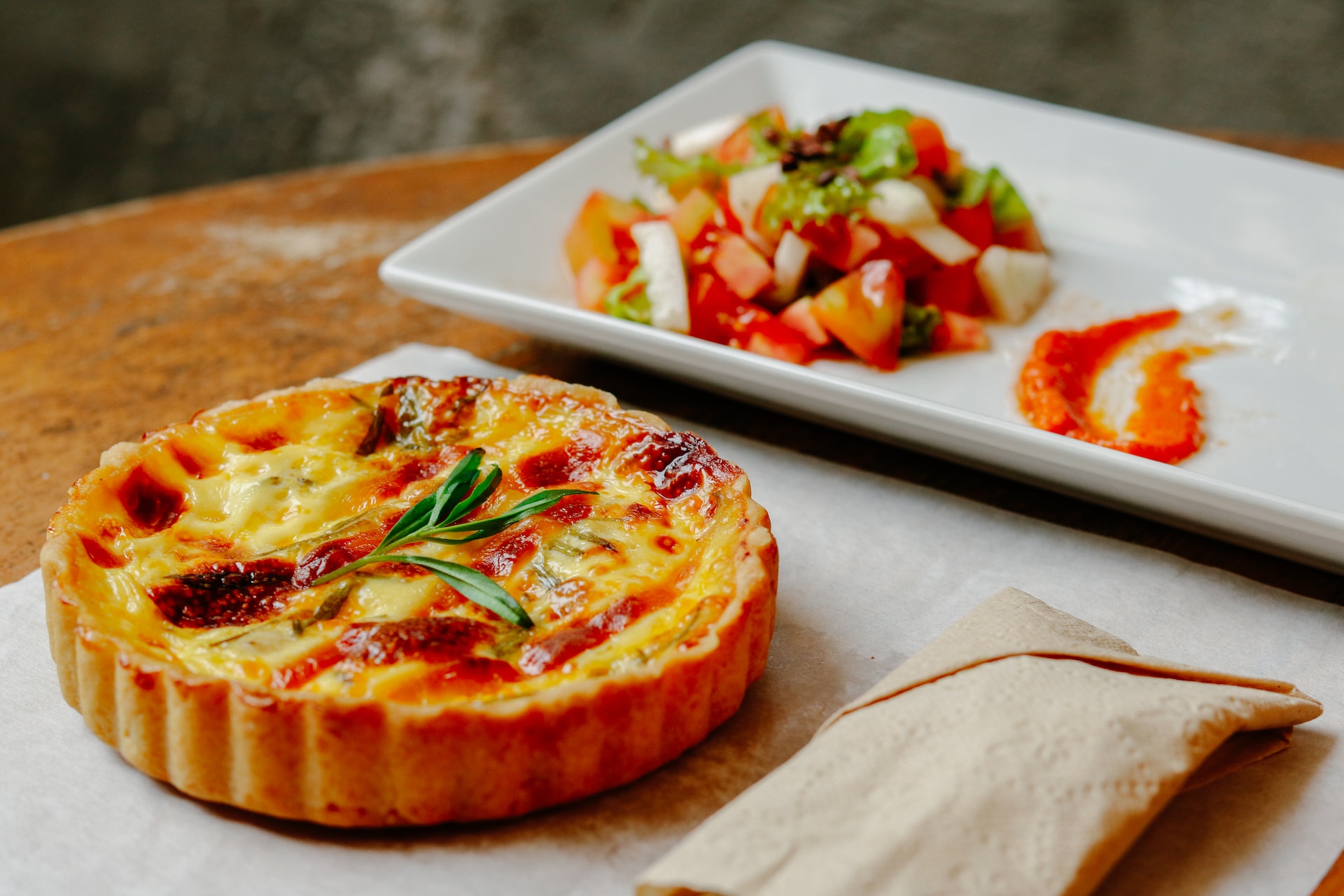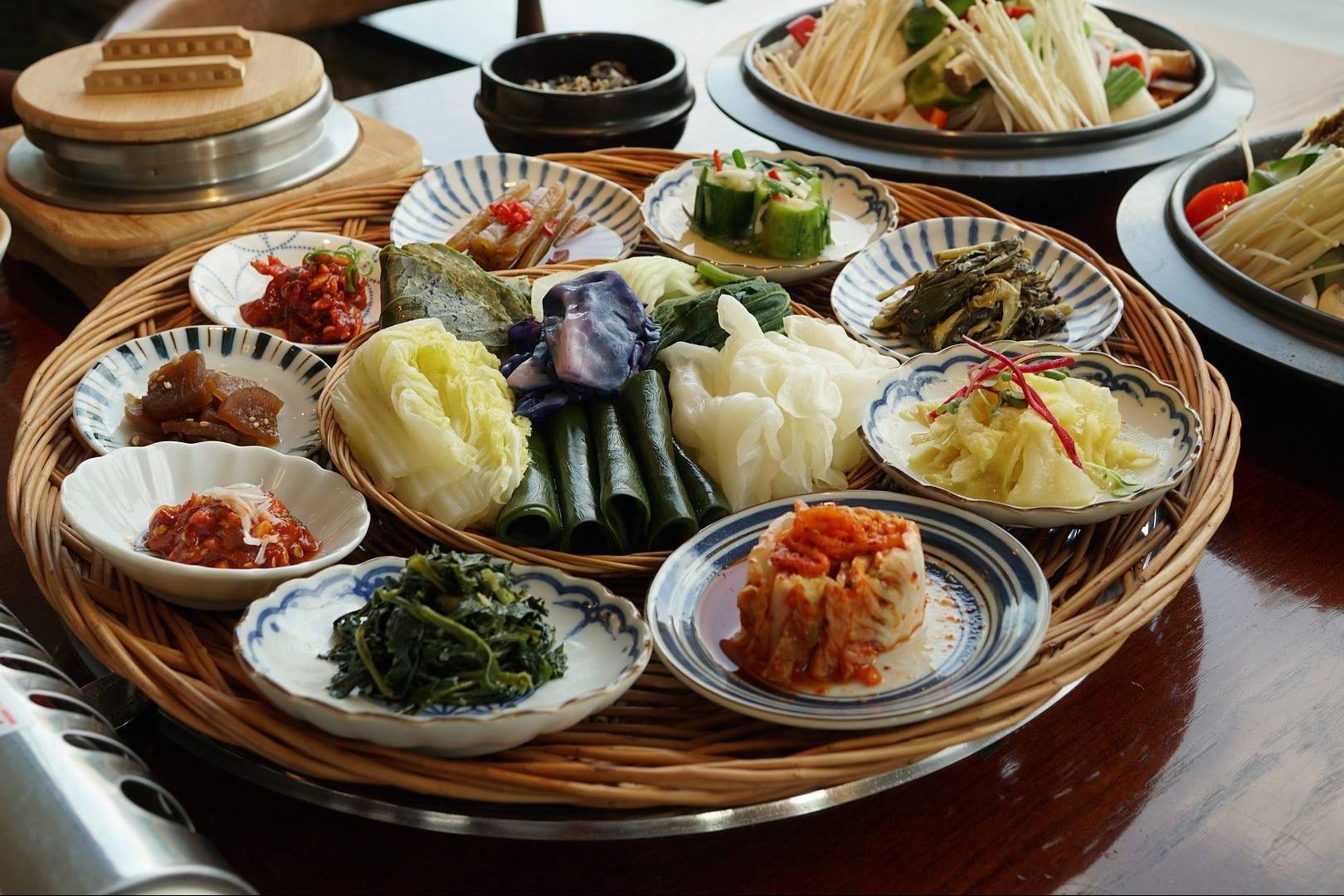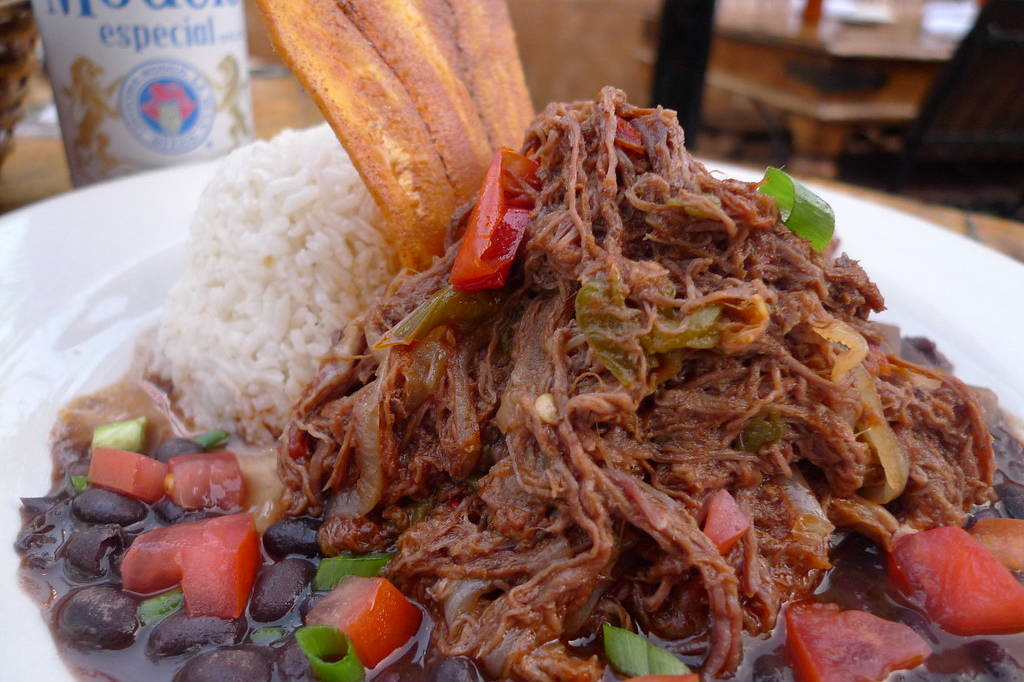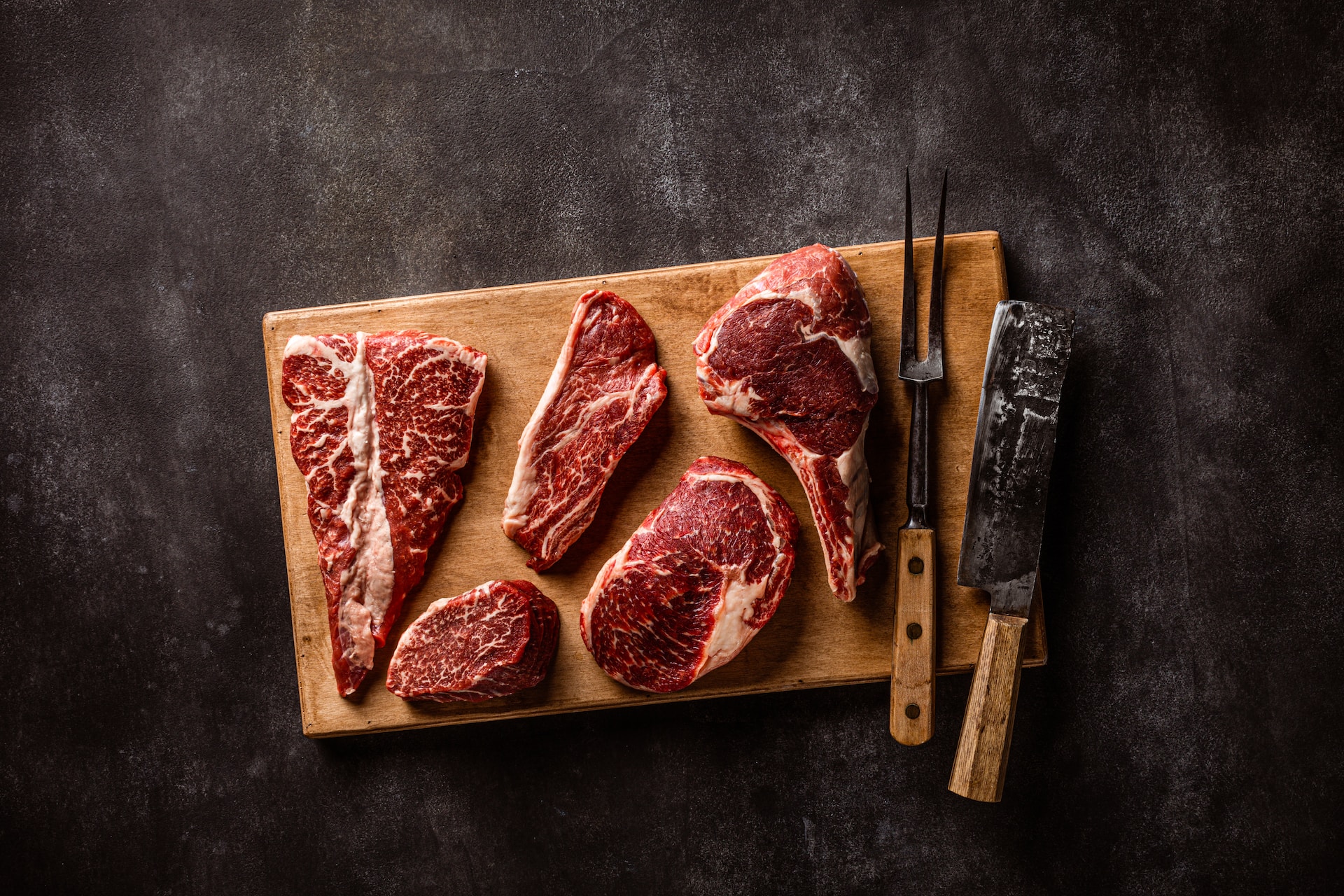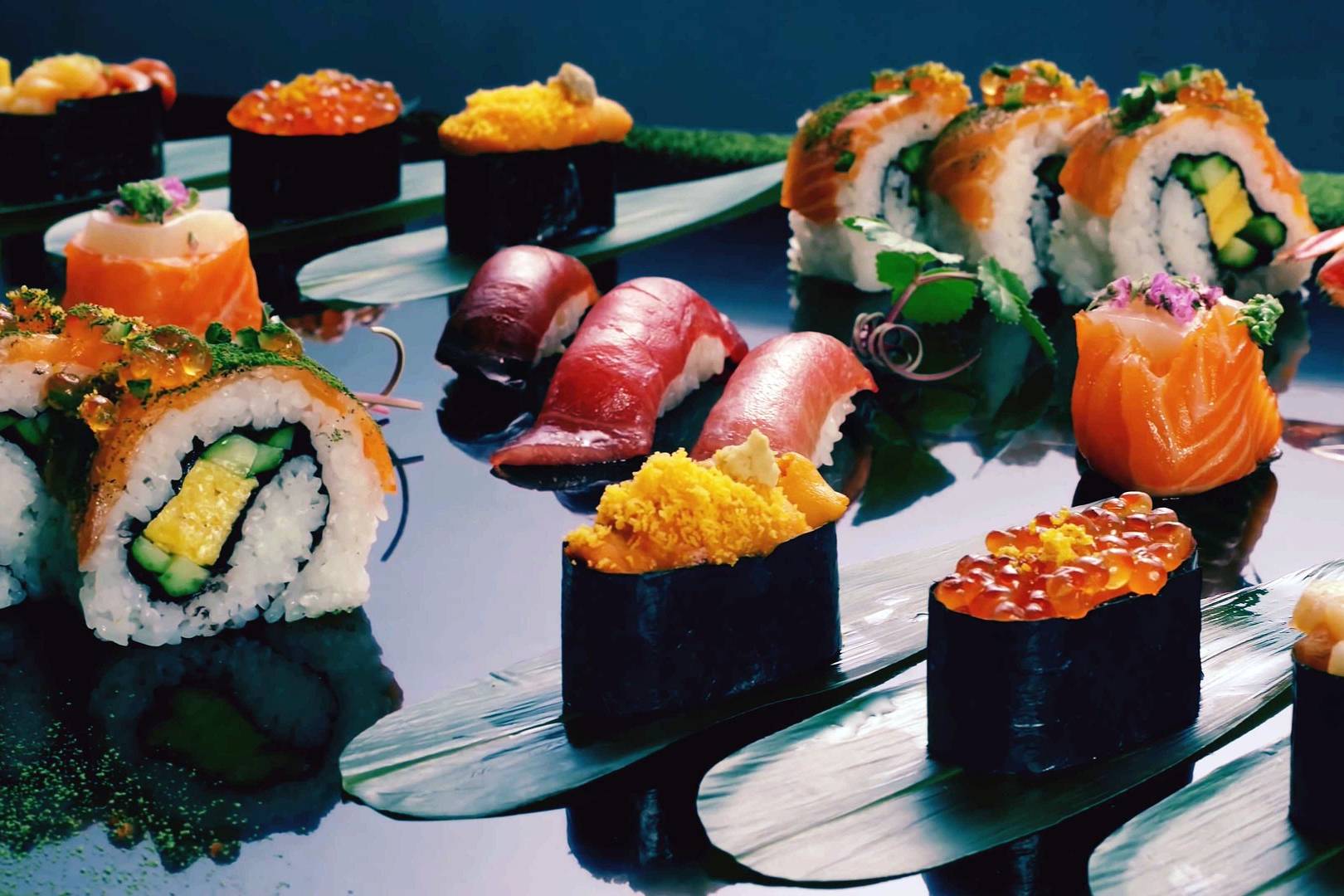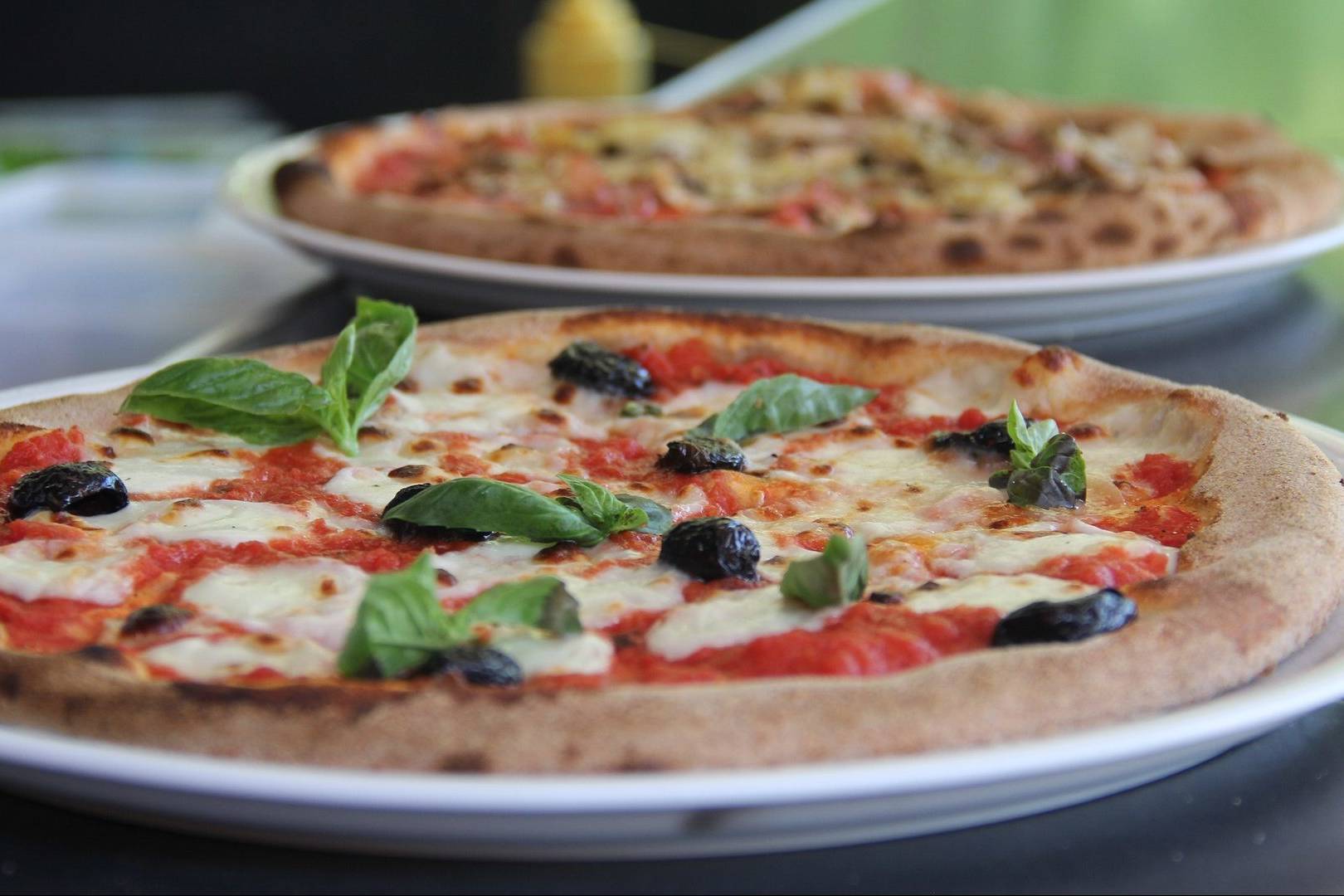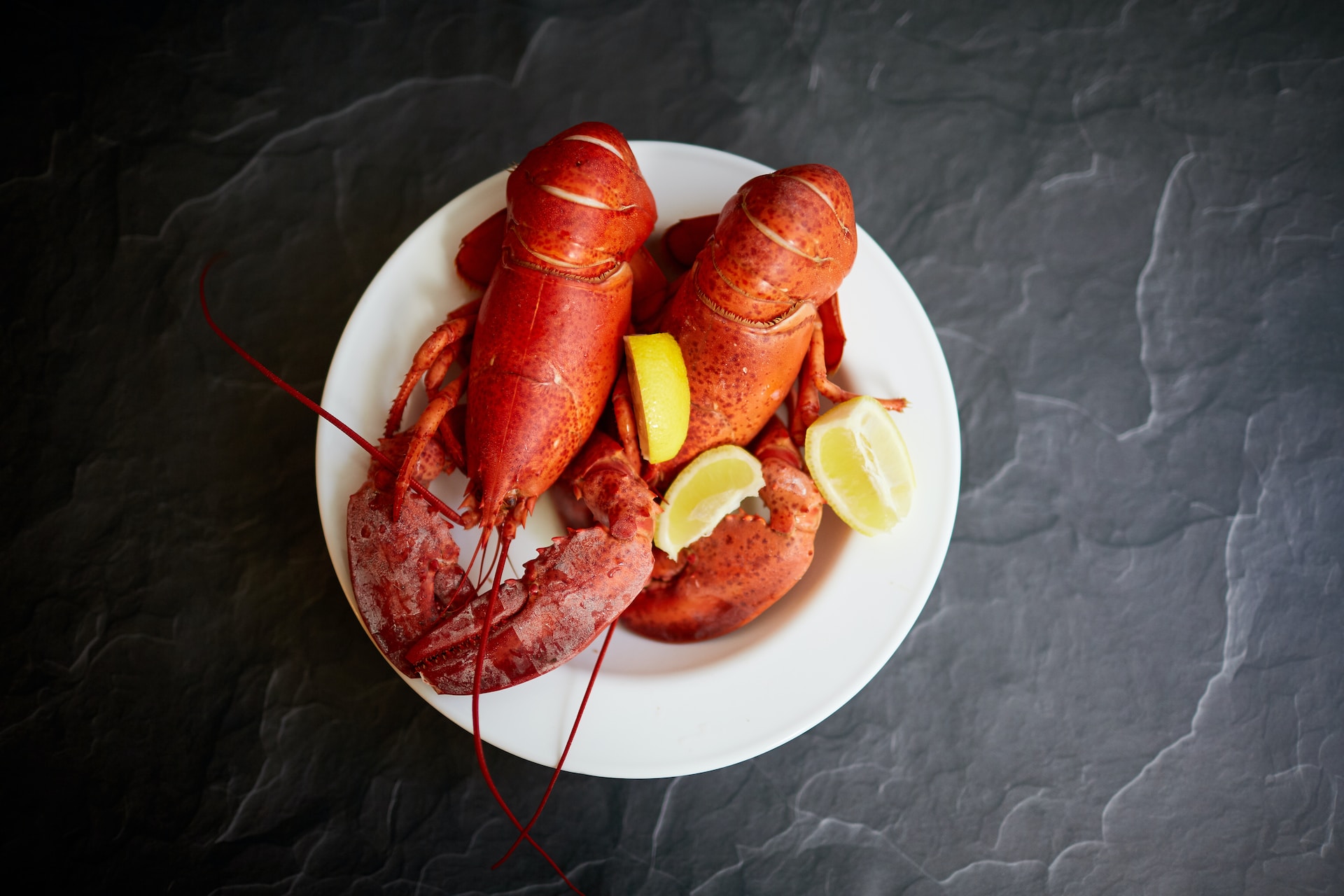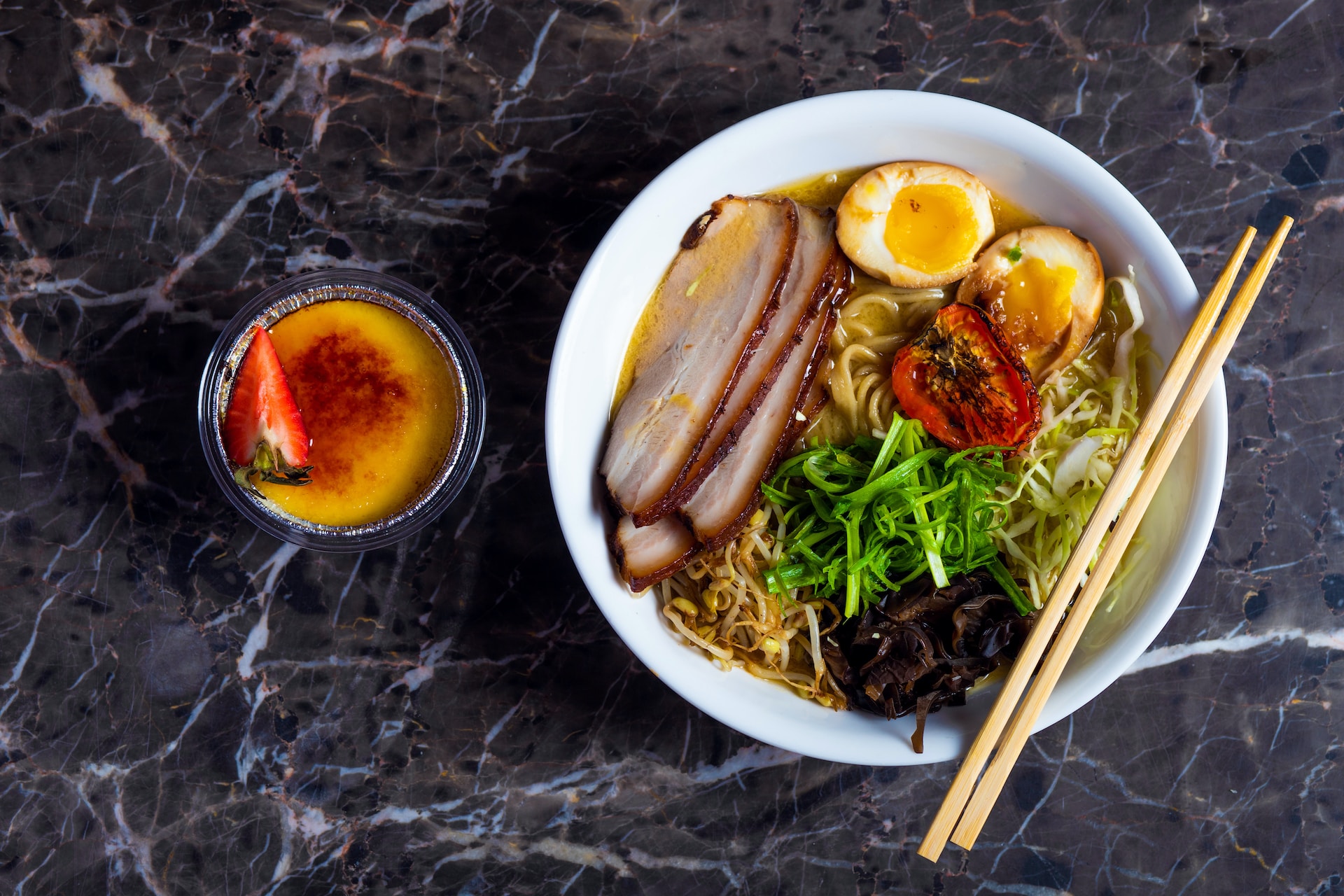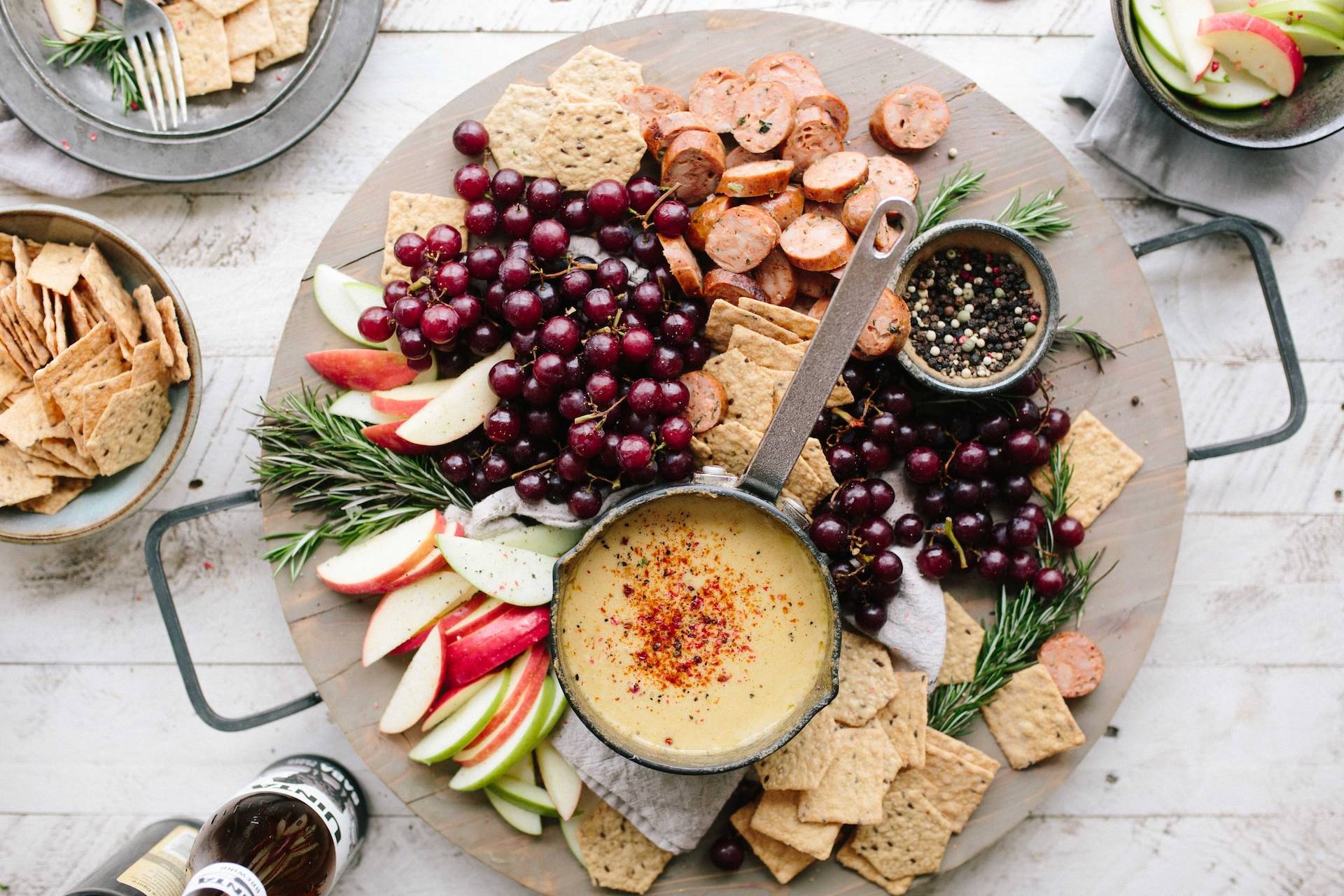Washington DC: A City of History, Power, and Diverse Cultures
Each time I wander through the streets of Washington DC, I'm captivated by the sense of history and power that emanates from its iconic monuments and stately buildings. My visits have always been enriched by the city’s blend of political significance, diverse cultural communities, and the vibrant energy of its neighborhoods. What draws me back is not just the grandeur of the National Mall or the solemn beauty of the memorials, but the lesser-known neighborhoods, each with their own unique charm and story.
Location and Transportation
Situated on the Potomac River, Washington DC's geographic location positions it as the nation’s capital and a central hub for American politics and history. The city’s transportation system is designed to accommodate the steady flow of commuters, residents, and tourists. Washington Dulles International Airport and Ronald Reagan Washington National Airport serve the city, providing both domestic and international connections. The Washington Metropolitan Area Transit Authority (WMATA) operates Metro, an extensive subway and bus system that is the most convenient way to travel around the city. The city is also very walkable, especially around the National Mall and central tourist attractions.
Neighborhoods
Washington DC's neighborhoods are as diverse as they are historic. Capitol Hill is not only the political heart of the city but also a vibrant residential area. Georgetown, with its cobblestone streets and upscale shops, offers a blend of historic charm and modern luxury. The U Street Corridor and Shaw are known for their rich African American heritage and lively nightlife. Areas like Adams Morgan and Dupont Circle are cultural melting pots, offering a diverse array of dining and shopping options. Each neighborhood in Washington DC contributes its unique flavor to the city’s overall character.
Things to Do
There is no shortage of things to do in Washington DC. The city is home to some of the nation’s most iconic landmarks, including the White House, the Capitol Building, and the Washington Monument. The Smithsonian museums, offering free admission, are treasures of art, history, and science. For outdoor enthusiasts, the National Mall provides a picturesque setting for walking and picnics, while Rock Creek Park offers trails and green spaces. The city’s culinary scene is also thriving, with an array of international cuisines reflective of its diverse population.
Museums
Washington DC’s museums are renowned worldwide, offering an array of educational and cultural experiences. The Smithsonian Institution operates several museums, including the National Air and Space Museum, the National Museum of American History, and the National Museum of Natural History. The National Gallery of Art displays an exquisite collection of artwork. Other significant museums include the United States Holocaust Memorial Museum and the National Museum of African American History and Culture. These institutions not only serve as custodians of history and culture but also as centers for learning and inspiration.
Shopping
Shopping in Washington DC offers a mix of upscale boutiques, unique local shops, and large retail centers. Georgetown is known for its designer stores and fashionable boutiques, while Eastern Market in Capitol Hill offers a traditional market experience with crafts and antiques. CityCenterDC and the shops along 14th Street provide a variety of retail options. The city’s shopping districts reflect its eclectic and cosmopolitan character.
Events
Washington DC hosts a variety of events that reflect its status as a political and cultural center. The National Cherry Blossom Festival in spring is a citywide celebration with parades and cultural performances. The Fourth of July fireworks and concert on the National Mall are spectacular. The city also hosts numerous cultural events, film festivals, and political gatherings throughout the year, reflecting its diverse and dynamic community.
Safety
Safety in Washington DC, as in any major city, is an important consideration. The central areas, especially around the National Mall and major tourist sites, are generally safe, but visitors should remain aware of their surroundings. The Metropolitan Police Department is active in maintaining security, but visitors should also take standard precautions, particularly at night and in less familiar neighborhoods.
Weather
Washington DC experiences a varied climate with four distinct seasons. Summers can be hot and humid, ideal for visiting the many outdoor monuments and parks. Spring and fall offer milder weather, with the city’s cherry blossoms and autumn leaves providing a beautiful backdrop. Winters are cold, sometimes with snow, adding a quiet beauty to the city’s historic buildings.
Cuisine
Cuisine in Washington DC is as diverse as its population. The city offers a range of dining experiences, from traditional American fare to international cuisines. Areas like U Street and H Street NE are known for their eclectic dining scenes, offering everything from Ethiopian to Asian fusion. The city’s seafood, particularly its famous Chesapeake Bay crabs, is a must-try. Washington DC’s growing food truck and street food culture also add to its culinary diversity.


